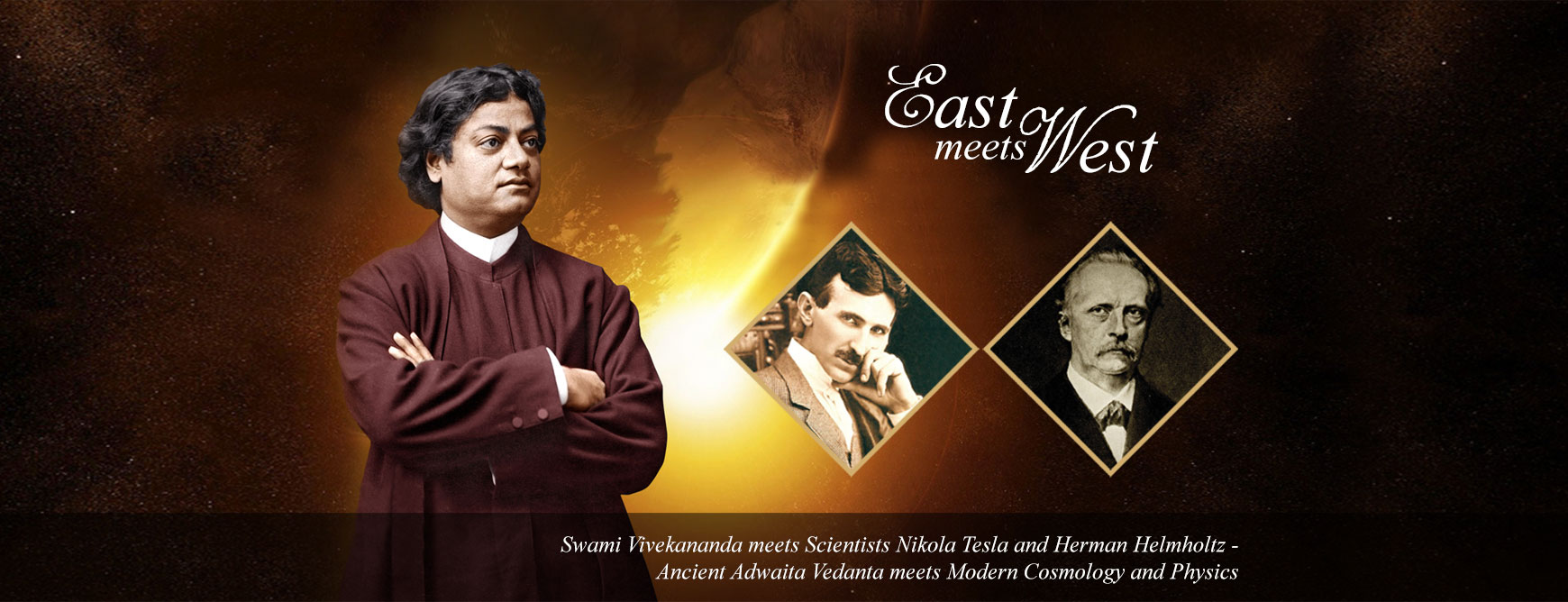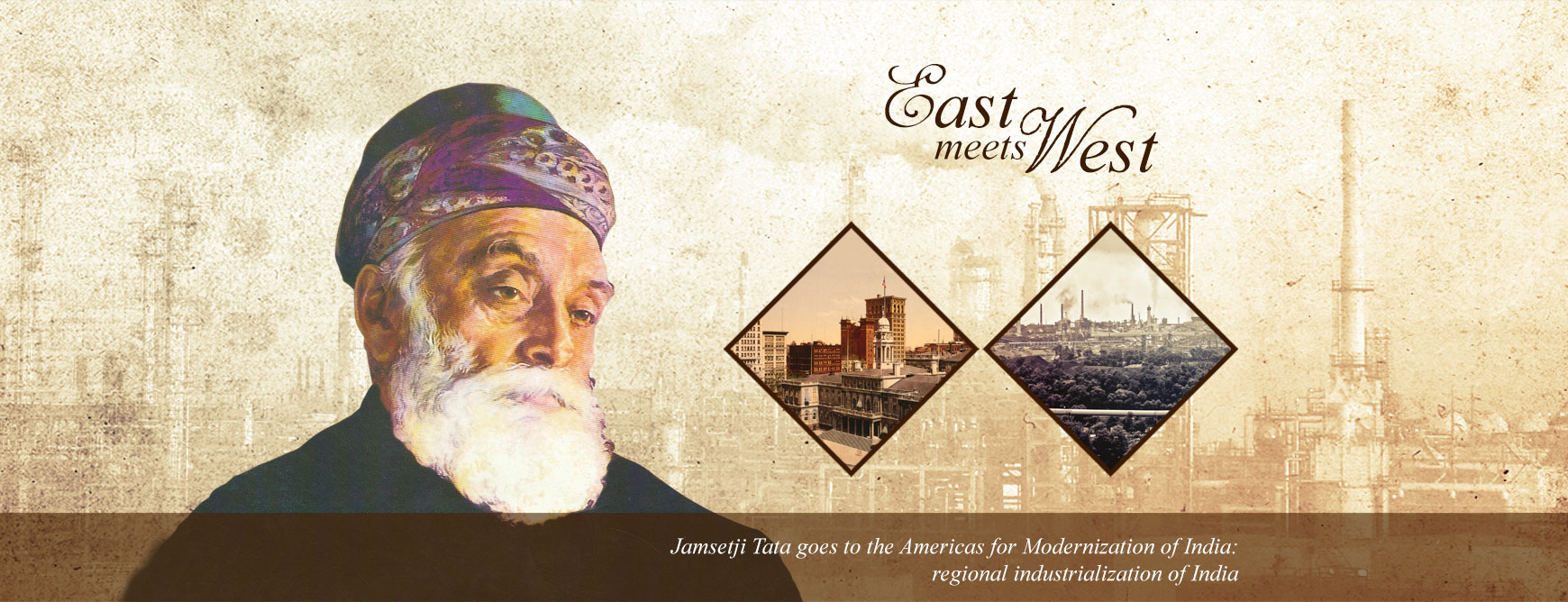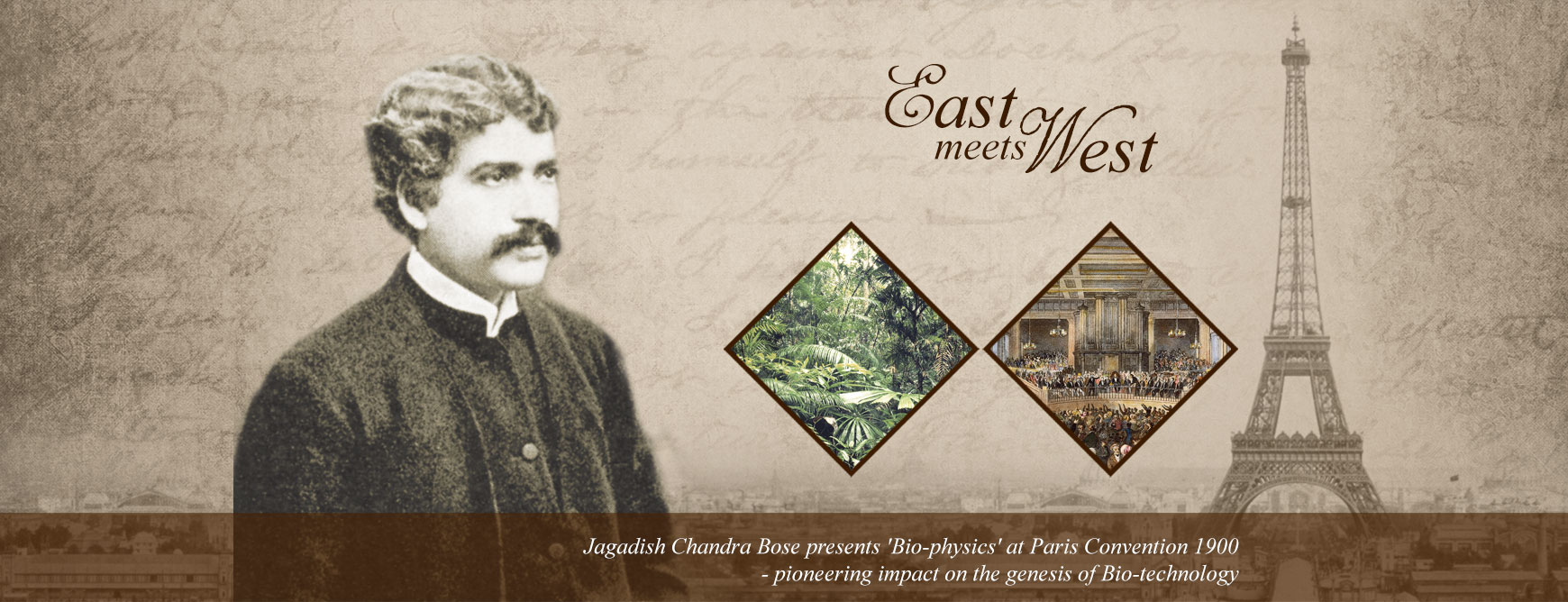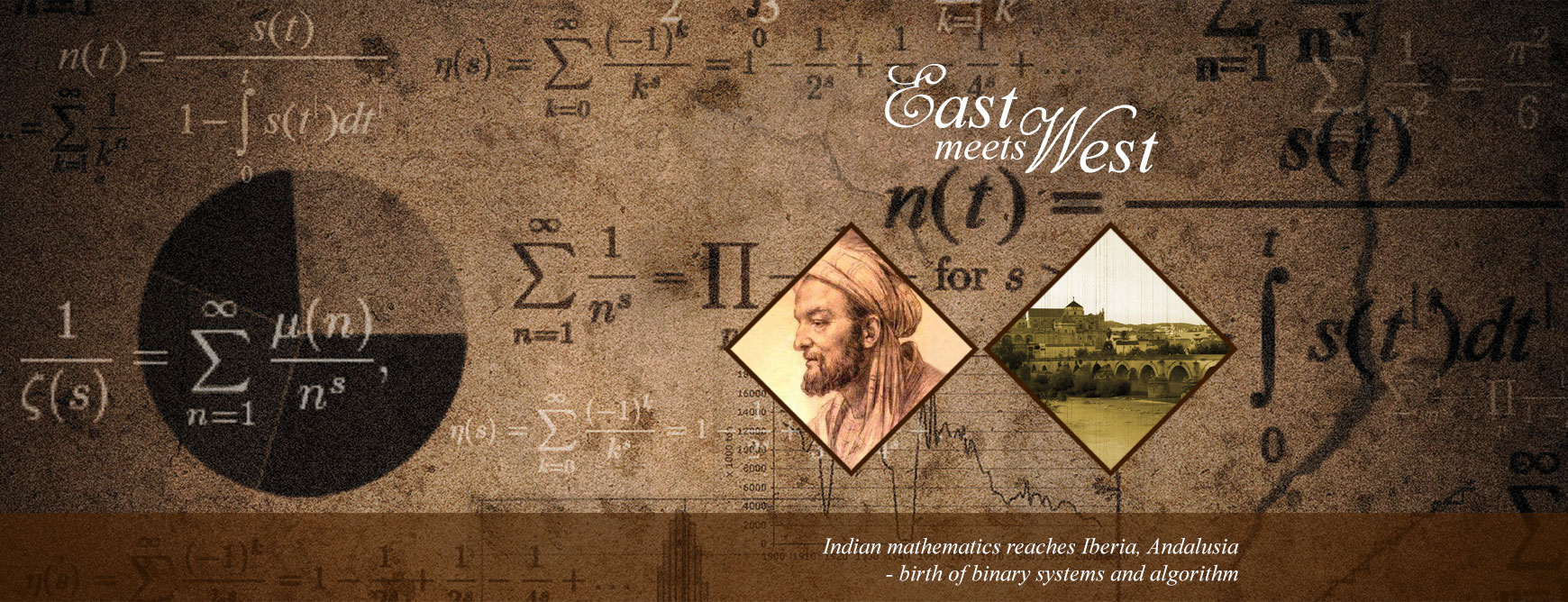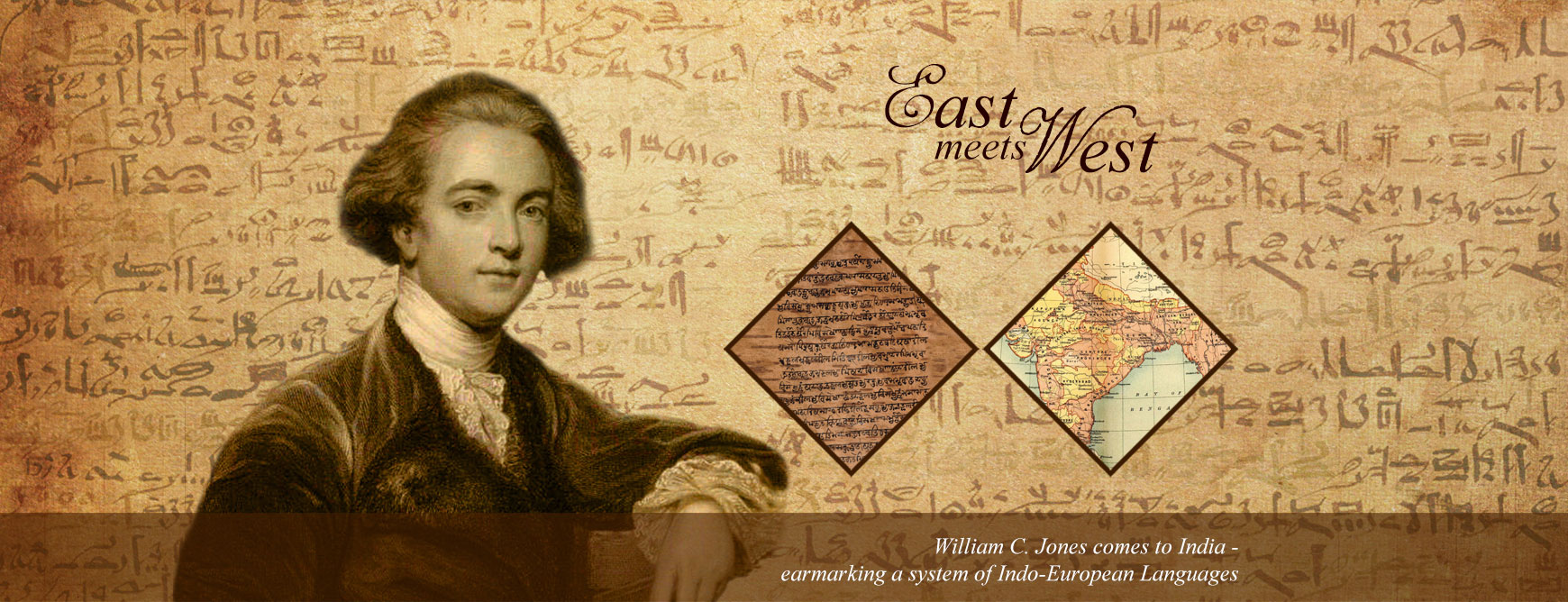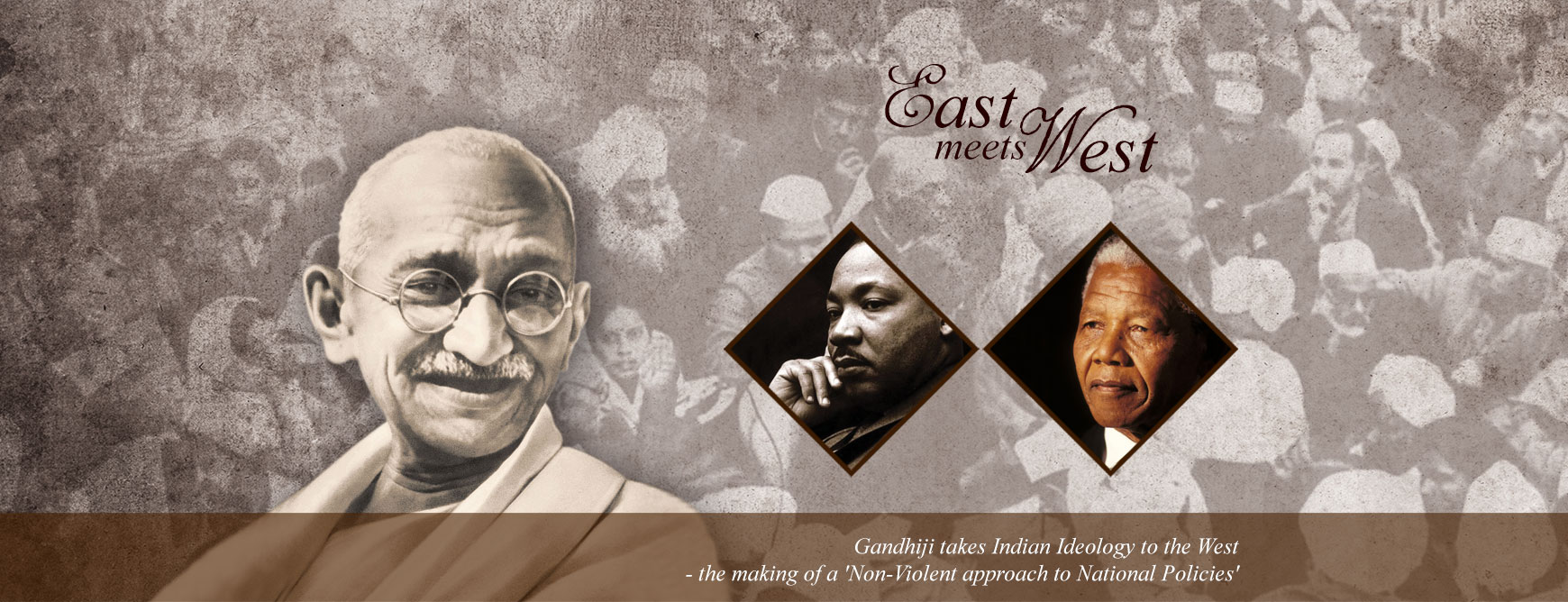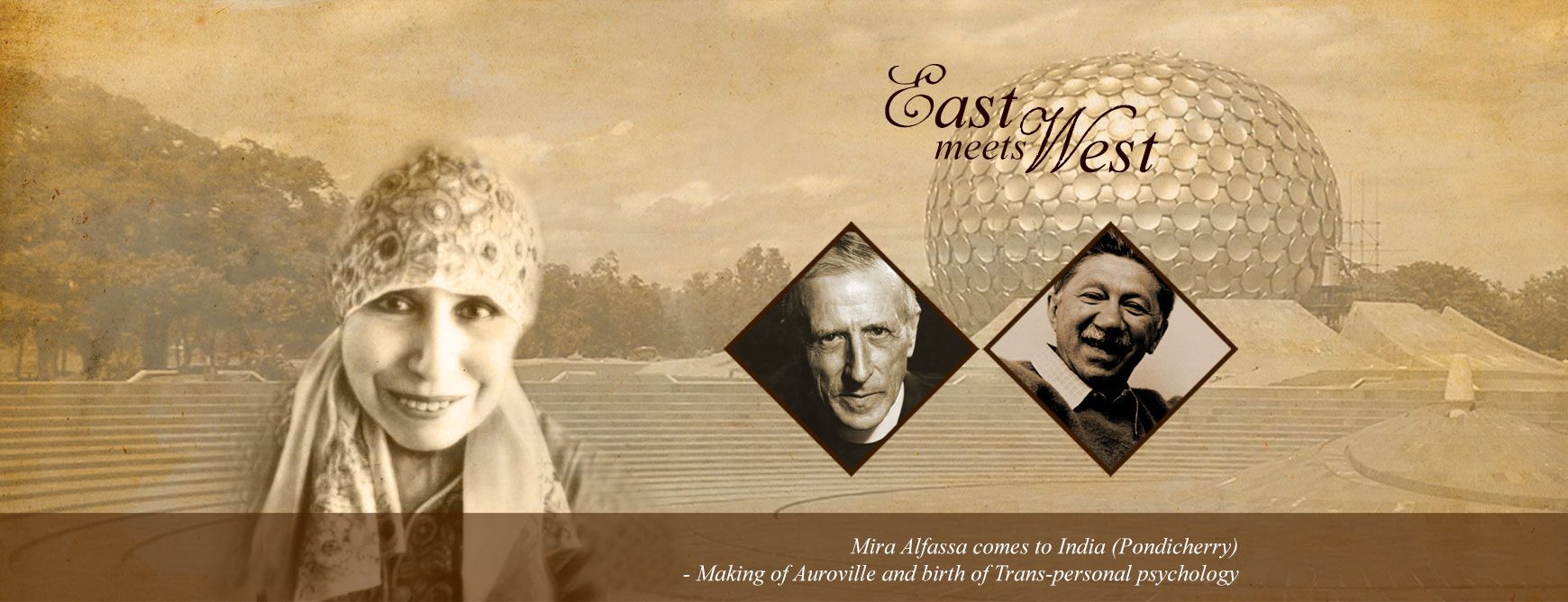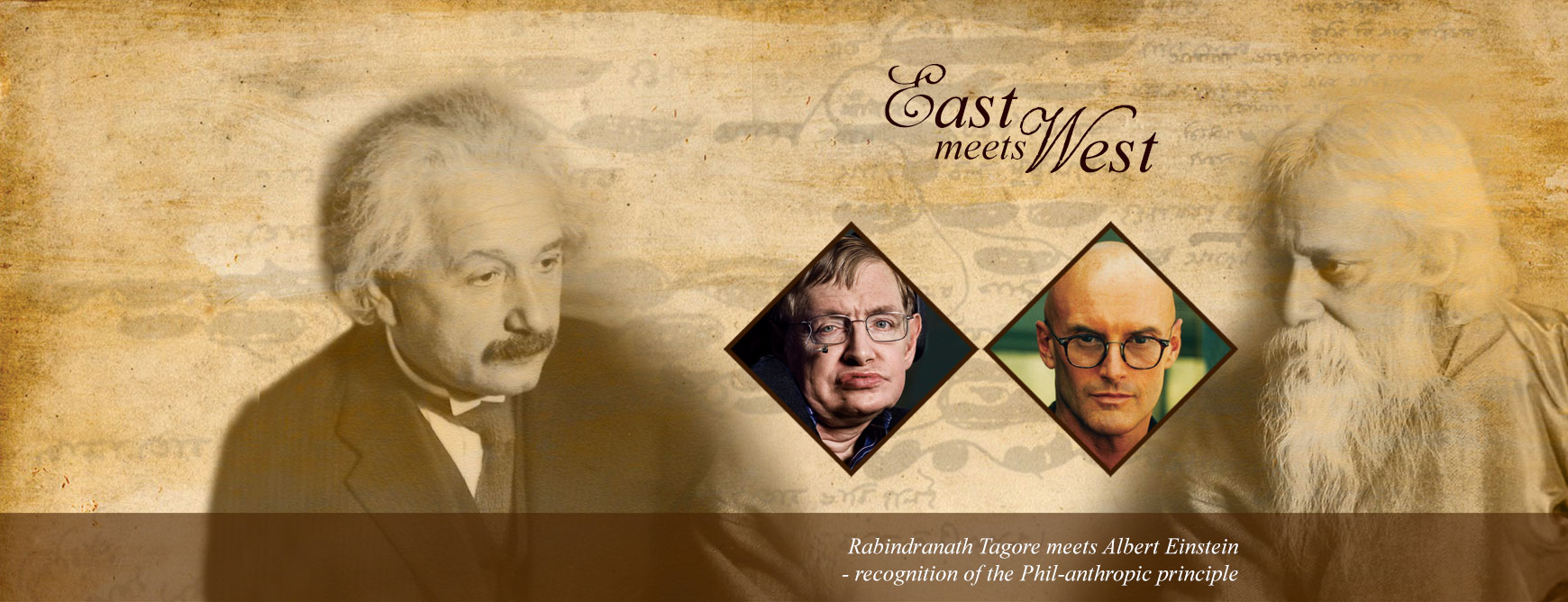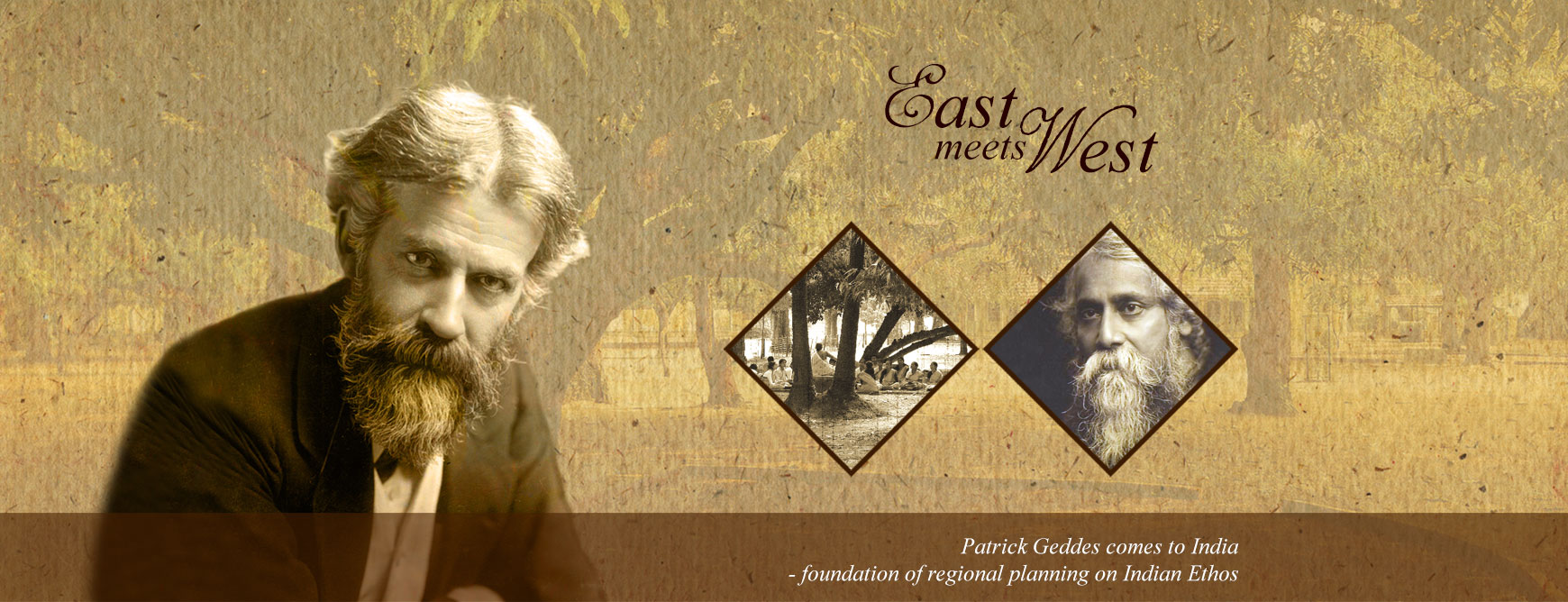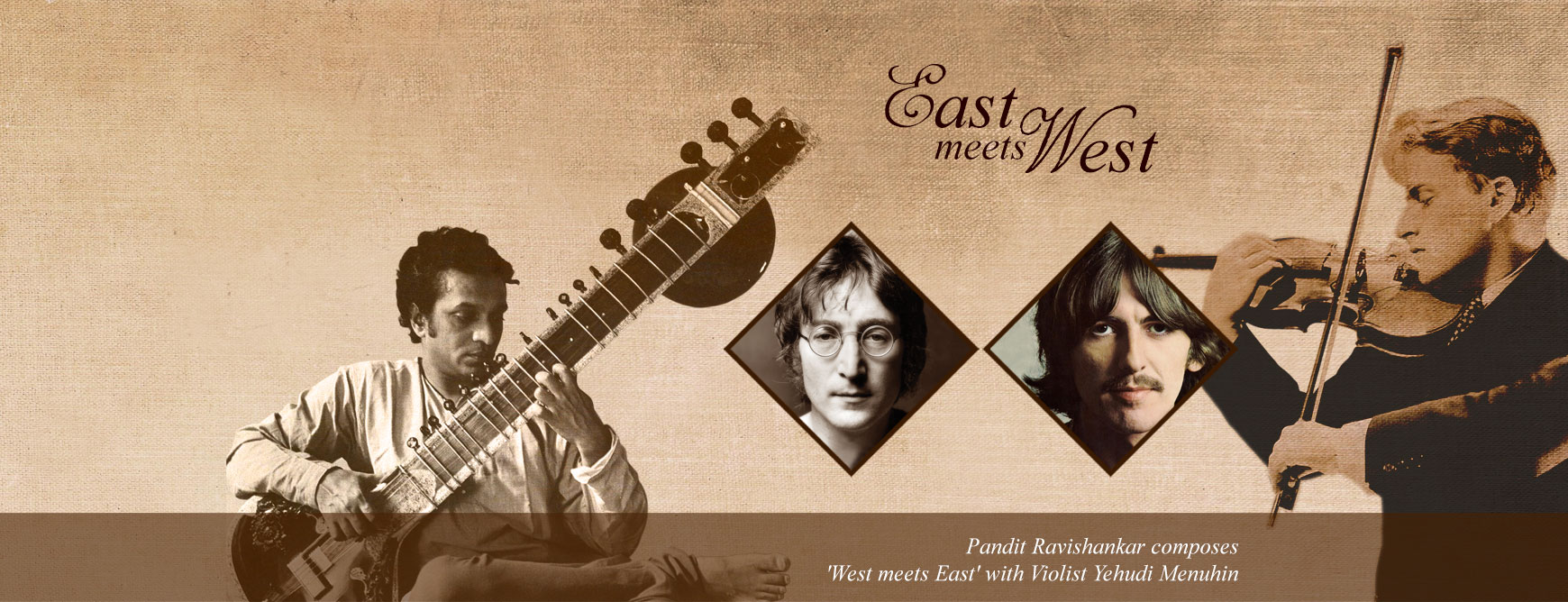
Indian Institute of Technology Kharagpur
Following the advent in the Parliament of World Religions in September 1893, Swami Vivekananda met two of the greatest scientific minds of the West – Electrician Nikola Tesla and Physicist Herman Helmholtz. Nikola Tesla used ancient Sanskrit terminology of 'Akasha' (universal space) in his descriptions of natural phenomena. Both Tesla and Helmholtz described the universe as a kinetic system filled with energy which could be harnessed at any location. Based on Indian philosophy of Prana (inner vibrations) Helmholtz described musical timbre as a property of the spectral components of the sound and the sensations of tone as a physiological basis of music. Later, system theorist Ervin Laszlo expanded on the 'Akashic Field' leading to an Integral Theory of Everything.
Ancient Indian mathematicians also knew the Pythagorean Theorem and the Indian Sulvasutras (800-600 BCE) had discussed the theorem in the context of strict requirements for the orientation, shape, and area of the built environment. Ancient Greek writer Apuleius and of late, French writer and philosopher Francois M. Voltaire traced the journey of Pythagoras of Samos to India to learn Indian geometry and mathematics. The original basis of Indian mathematics is actually a much older system of Indian numbers, numerology and cosmological epistemology called the philosophy of numbers (Samkhya darshana) propounded by an ancient Sage named Kapila. Buddhism and other Indian analytical philosophy (say, Baudhayana) were born from Kapila's pioneering darshana.
American humorist Mark Twain traveled through India and Sri Lanka from January to April, 1896 and reached the heart of India, the city of learning and ancient wisdom, Varanasi. Later in 1897, Mark Twain expanded on his experience. He looked at the ghats of its ancient built form and felt the continuity of Indian learning systems spanning thousands of years and surpassing the dawn of knowledge. This is what he said about the ancient city – 'Varanasi is older than history, older than tradition, older even than legend, and looks twice as old as all of them put together'.
Jamsetji Tata treaded the pioneering ladder of industrial expansion of India through successive trips abroad, mainly to England, America, continental Europe, and other places. The experiences, particularly, in the Americas, convinced him that there was tremendous scope for diversification of Indian companies to march through and make a foray in the British dominated textile industry. Inspired by the idea of India's modernization and equitable regional investment, he envisioned the plans for basic industrialization in Eastern India, advanced scientific institutionalization in the south, and fundamental research in the West. Eventually, TISCO group of industries in Jamshedpur to begin with, Indian Institute of Science in Bangalore, and finally, Tata Institute of Fundamental Research were set forth.
Jagadish Chandra Bose made a pioneering contribution in the field of biophysics with the demonstration of the electrical nature of the conduction of various stimuli (shock waves, wounds, external agents) in the ecological space, particularly, in plants. Later proven experimentally, Bose was also the first to study the action of microwaves in plant tissues and corresponding changes in the cell membrane potential. Bose introduced an instrument in Paris Congress of Science 1900, which surprised the whole scientific world as it measured the growth and life of plants based on a technological measure.
In Persia, Muslim scholars from Baghdad came in contact with India. It was from Sanskrit writings that they acquired, during the 8th century, their first knowledge of astronomy. About 830 AD, Muhammad-ibn Musa al-Khwarazmi, a translator of mathematical and astronomical books from the Sanskrit, published a book which was translated into Latin in the 12th Century, under the title 'Algoritmi de numero Indrum'. It was from this book that the West first learnt of what we call 'Arabic numerals, which ought to be called 'Indian'. The same author wrote a book on Al-gebra which was used in the West as the only mathematical text book until 15th century.
Sir William C. Jones founded the tradition of Indo-European studies as a field of linguistics and an interdisciplinary study dealing with Indo-European languages, with 'Sanskrit' as a basis of Proto-Indo-European (PIE) root forming the whole tree of language systems in Asia and Europe. He, along with Henry Thomas Colebrooke and Nathaniel Halhed, founded the Asiatic Society of Bengal, and started a journal called 'Asiatick Researches', which not only focused on the PIE tree but the entire dissemination of culture and sciences to the West based on PIE language systems.
In 1908 Leo Tolstoy said that through Gandhiji by using love as a weapon through passive resistance, the Indian mass could overthrow colonial rule. Gandhiji recovered the concept of nonviolence (ahimsa) and nonresistance, which has a long history in original Indian religious thought and also in Buddhist, Jain, Jewish and Christian contexts. Activists around the world are inspired by his economic vision of rural industrialization in opposition to mega urban industrialization. Forerunning the civil rights movement in the United States, Martin Luther King drew from the writings of Gandhi as he said 'Christ gave us the goals and Gandhi the tactics'. Anti-apartheid activist and former President of South Africa, Nelson Mandela, was also inspired.
Mirra Alfassa also known as 'The Mother', was the spiritual collaborator of Sri Aurobindo and the maker of a great ideal urban vision – 'Auroville' and also a new approach to life based on the advents of transpersonal psychology. She created Auroville – a 'City of Dawn', a place where humanity could seek the Divine without having to dredge for an appropriate carrying capacity of healthy food and green shelter. The ideas matured with the work of French evolutionary philosopher Pierre Teilhard de Chardin and an American evolutionary transpersonal psychologist Abraham Maslow. Maslow expanded the idea of 'hierarchy of minds' to 'Hierarchy of needs' which augments all major and contemporary evolutionary researches on psychology, human management and community planning.
The summer of 1930 occasioned a meeting of two extraordinary minds - Rabindranath Tagore and Albert Einstein, in Caputh, Germany. In course of the conversation, Einstein largely agreed with the 'only explanation of reality' by Tagore dependent on the participant-observer. Through human consciousness (Chit) the idea was coined as the celebrated 'anthropic principle' later used by Stephen Hawkings. The idea that our universe is in harmony with the human is 'That eternal '(Tat), and it is also that we know it as Truth (Sat), and we feel it as bliss and beauty (Ananda and Shree). Today, a whole generation of evolutionary psychologist including Ken Wilber has expanded on this idea, which is called 'spectrum psychology'. It forwards a evolutionary freedom in a rainbow of consciousness expansion. At the universal level, it formulates the basis of altruism, empathy and philanthropy.
Patrick Geddes, a Scottish biologist, sociologist, geographer, philanthropist and pioneering town planner, was the founder of the Collège des Écossais (Scots College) an international teaching establishment in Montpellier, France and also a founding figure of a movement what is called 'Green politics' today. Introduced to the Indian ethos, first by Swami Vivekananda and later by Poet Rabindranath Tagore, Geddes, between 1915 and 1919 wrote a series of exhaustive town planning reports on at least eighteen Indian cities. He formulated principles for town planning that rest on the relationship between community based social processes and region based spatial form. Geddes's ideas on regional planning rest on the intimate and causal connections between the social development of the individual and the cultural and physical environment of the agglomerated mass.
Musical ambassador to the West and Sitarist Ravishankar composed a path breaking duet with Fiddler and Maestro Yehudi Menuhin. Known as an album entitled 'West meets East' and composed in 1967, it foreruns a whole new legacy of fusion and composite music system transcending narrow borders and racial prejudices. Legendary figures of the Beatles, John Lennon and particularly, George Harrison took the idea further to establish a new pool of global music and the performing arts. The Beatles had great impact on creative arts 'Imagination' beyond just music, such as movies and story boarding – leading to making of pioneering expressions like 'Matrix' and the 'Avatar'.
